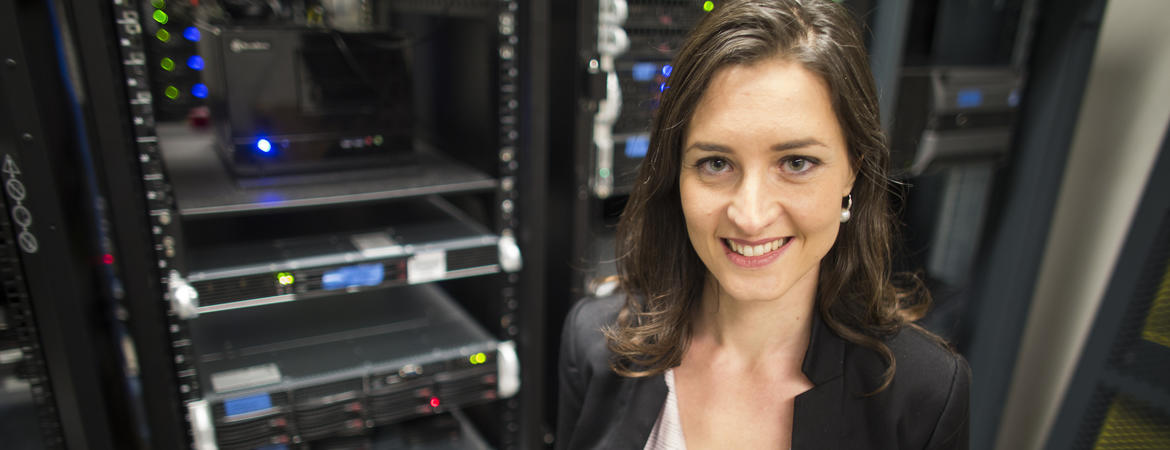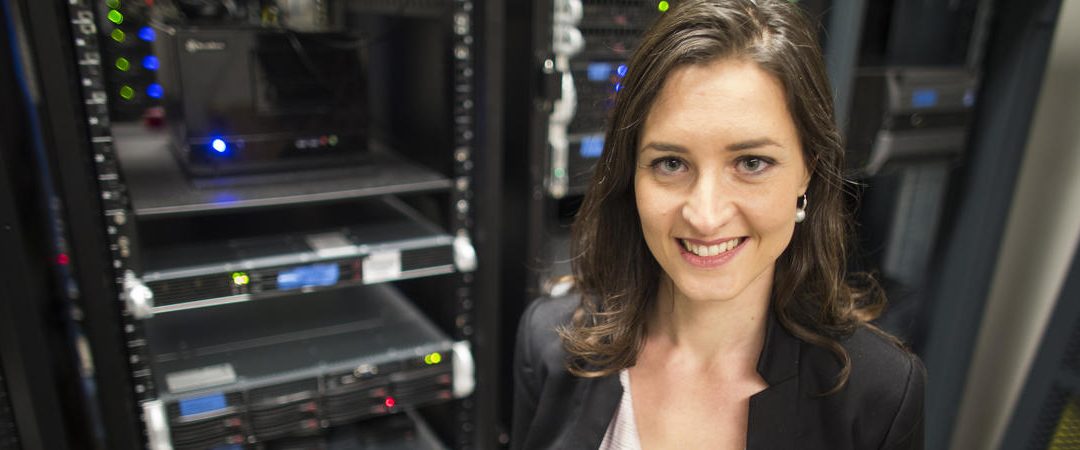
Speaker: Giulia Palermo, Ph.D.
Affiliation: UCR
*Please note that all seminars will be hosted on Zoom: https://ucla.zoom.us/j/97216069429
Computing the CRISPR-Cas Revolution from Gene Editing to Viral Detection
In recent years, CRISPR has become synonymous of a transformative genome editing technology that is
innovating life science with cutting-edge impact in basic and applied sciences. By enabling the correction of DNA mutations, the CRISPR technology promises to treat a myriad of human genetic diseases, impacting also pharmaceutics, biofuel production and agriculture with the development of drought-resistant crops. I will report about the use of computational approaches to clarify the molecular basis underlying the genome editing function of CRISPR-Cas9 and newly discovered CRISPR systems that are emerging as powerful tools for viral detection, including the SARS-CoV-2 coronavirus that has posed the current pandemic. We have implemented a multiscale approach, which revealed the mechanistic basis of nucleic acid binding, catalysis, selectivity and allostery in CRISPR systems. We combined classical molecular dynamics (MD) and enhanced simulations methods to characterize the dynamics of the Cas9 endonuclease and its interplay with nucleic acids over long timescales. Using accelerated methods, which enable routine access to millisecond timescales, and the Anton-2 supercluster – known as one of the world’s fastest supercomputers for MD simulations – we determined the formation of a catalytically active state, which is prone for DNA cleavages.These computational predictions have been confirmed by single-molecule experiments and by the recent determination through cryo-EM of the activated structure, which remarkably overlaps our model. By applying network models derived from graph theory, we have characterized a mechanism of allosteric regulation, transferring the information of DNA binding to the catalytic sites for cleavages. This mechanism is now being probed in novel Anti-CRISPR proteins, forming multi-mega Dalton complexes with the CRISPR enzyme and used for gene regulation and control. A mixed Quantum Mechanics/Molecular Mechanics (QM/MM) approach is being used to establish the catalytic mechanism of DNA cleavage and the critical role of metal ions, with the ultimate goal of providing information for improving the catalytic efficiency and the specificity of CRISPR-Cas9. Finally, by using multi-microsecond MD simulations we have recently probed a mechanism of DNA-induced of activation in the Cas12a enzyme, which underlies the detection of viral genetic elements, including the SARSCoV-2 coronavirus. Overall, our outcomes contribute in addressing the mechanistic function on the CRISPR system, providing information that is critical for novel engineering and that could impact the development of improved genome editing tools for biomedical applications.
Biography:
Giulia Palermo is a native of Italy where she earned her PhD in 2013 from the Italian Institute of Technology. She has been an early post-doctoral scientist in the group of Prof. Ursula Rothlisberger at the Swiss Federal Institute of Technology (EPFL), where she earned expertise in ab-initio Molecular Dynamics. In 2016, she has been awarded a Swiss National Science Foundation (NSF) post-doctoral fellowship to join the group of Prof. J. Andrew McCammon at the University of California San Diego, where she specialised in novel multiscale methods enabling the study of increasingly realistic biological systems.
Date/Time:
Date(s) - May 13, 2021
12:00 am - 1:00 pm
Location:

